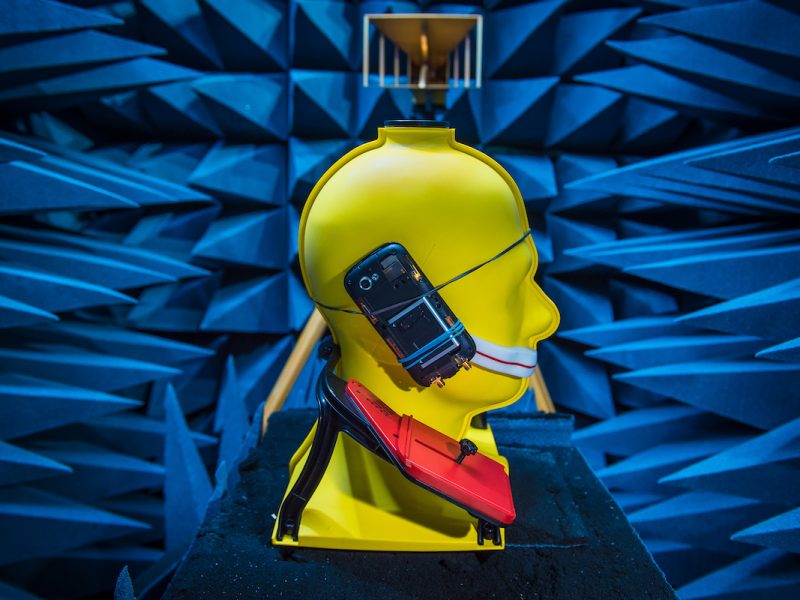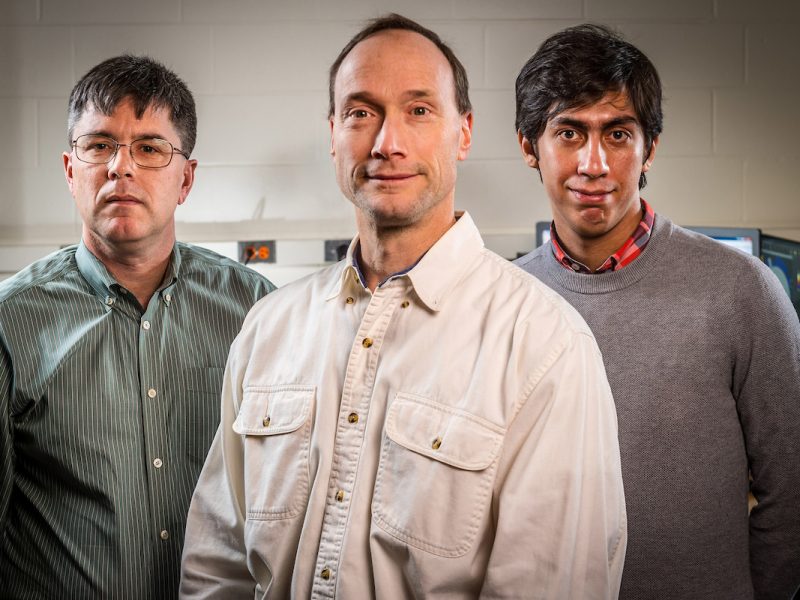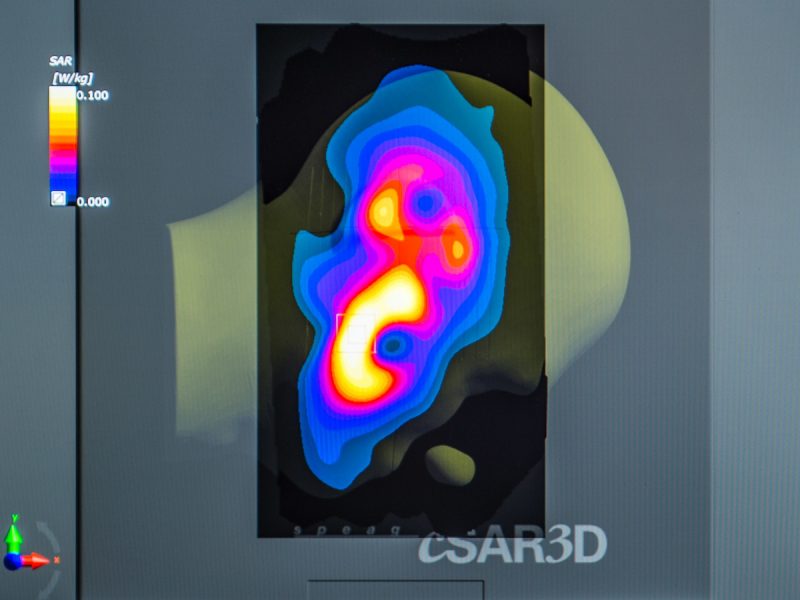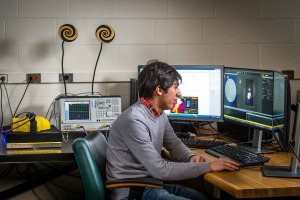SAR Improved Phone Design




Overview
Portable wireless devices, especially smartphones, provide connectivity by integrating processing power, touch screens, cameras, and motion sensors with multiple radios, many of which can run simultaneously. The human body in close proximity to these devices absorbs some of the electromagnetic radiation. Each device is required to comply with the Federal Communications Commission’s limits on the ‘specific absorption rate’ (SAR), measured in Watts/kg, of radiation that is considered safe for the body. Many portable wireless devices sold today already operate near the accepted human SAR limit. With ongoing improvements in the batteries, size, features, and processing power of phones, there is a need to be creative in how the phone’s technology can still work within the SAR radiation limits.
Performance problems with cell phones are often caused by the uplink, or how much information a portable wireless device can transmit to the base station. The device being held either in hand or next to the head means that the transmission of the uplink information to the base station can run into SAR limits. There is a need to manage the tension between improving uplink performance, power, and limiting SAR. This project examines how multiple transmitters on a portable wireless device can be modeled, analyzed, and used while subject to a SAR constraint. The research looks at how to model the constraint, and how to realize the reliability and high data-rate advantages of multiple antennas subject to the constraint.
Improved Phone Design
The portable devices being generally small, the transmitters are physically close to one another and coupled electromagnetically. Hence, the research requires a blended effort in three distinct areas: (i) electromagnetics and near-field exposure modeling with multiple transmitters, (ii) wireless communication system far-field information-theoretic performance evaluation with a near-field SAR constraint, (iii) the design of SAR codes for optimum performance.
Cell phone design generally uses a single transmitter, which creates a ‘hot spot’ of radiation where the antenna and amplifier are located. The ‘Improved Phone Design for SAR constraints’ project is researching the idea of replacing the single transmitter used in today’s cell phones with multiple transmitters at different points within the device. By using multiple transmitters, the project aims to disperse the radiation and reduce SAR. The multiple transmitters must be used properly to both improve performance as a wireless communication device and to simultaneously reduce SAR. Early results for the new hardware structure show great promise.
To measure whether the electromagnetic radiation is within the limits, the SAR Measurement Device Lab uses a half-head mannequin with an operational dissected cell phone attached to its ear. The half-head was specially made to mimic the flesh and fluids of a real human being and has sensors inside to measure the electromagnetic radiation that the phone projects into the half-head.
Besides the half-head, a second testing method involves a full-head mannequin in Wireless Institute’s Anechoic Chamber Lab. Here the external signals are sealed out and the internal reflections of electromagnetic waves are absorbed completely. This chamber is used to test the long-range performance of the newly constructed, multi-transmitter phones.
Of particular interest, are next-generation devices that plan to use millimeter-wave signals above 30 GHz, where exposure to electromagnetic radiation is not well modeled or understood.
Sponsors and Collaborators
The ‘Improved Phone Design for SAR constraints’ project started in June 2014 and is sponsored by an NSF award of over one million dollars. This is a Wireless Institute multi-PI project and is being worked by Notre Dame’s Bertrand Hochwald (Lead PI) and Patrick Fay, Purdue University’s David Love, and University of Illinois’ Jianming Jin.
Former graduate students involved in this project include Arash Ebadi Shahrivar (Qualcomm), Ding Nie (Apple).

